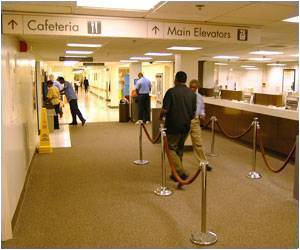
As diverse as they are, they came together one recent spring afternoon for a common purpose: to participate in UCSF's Amputee Comprehensive Training (ACT) program at the Orthopaedic Institute, to push themselves further than they had ever imagined possible. They came together because they are bonded by a singular experience: all have lost a leg and are learning to push physical boundaries with the help of state-of-the-art artificial limbs.
Some lost their legs early in life due to birth defects. Others lost them later in life, after cancer, motor vehicle accidents or life-threatening bacterial infections robbed them of a limb.
Beyond Just Walking Again
"We work with amputees who want to do more than just learn to walk again with their artificial legs," said Alex Hetherington, a prosthetist with the Orthotics & Prosthetics Centers at UCSF, where experts customize artificial limbs and train patients who have athletic goals.
"We take them from the initial fit to learning the means of running, biking, or whatever activities or goals that our patients may have. Whether it's providing that custom prosthesis, or the physical training involved, we have athletic trainers and access to unlimited resources to take these athletes to the next level."
Advertisement
The program builds on the Orthotic & Prosthetic Center's daily work of evaluating, designing, custom fitting and manufacturing all types of orthoses (braces) and prostheses (artificial limbs). The team includes doctors, a physical therapist, a trainer, and experts in orthotics and prosthetics who help develop an individualized patient care and rehabilitation plan.
Advertisement
Source-Eurekalert













